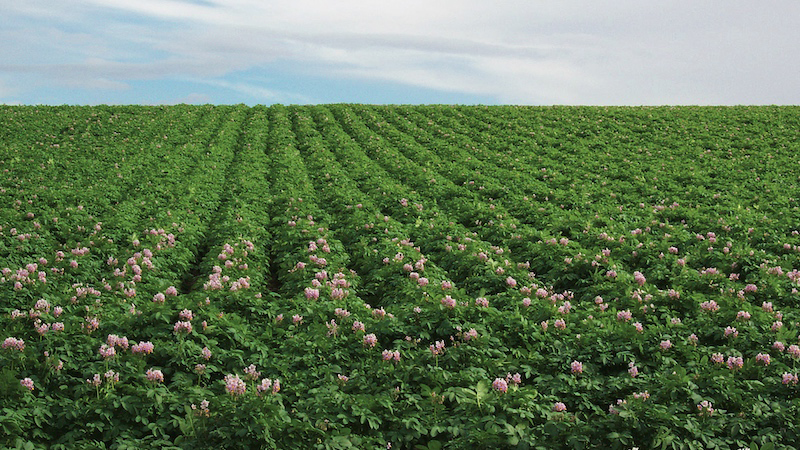Managing Late Season Grape Berry Moth
Hot weather this season means berry moth development is moving along rapidly. Michigan State University entomologist Rufus Isaacs says control of grape berry moth requires a combination of good timing, high insecticide activity, and excellent cluster coverage:
Timing
The late summer generation of grape berry moth typically starts laying eggs in the period just before veraison with increasing egglaying through August and into September. This late-season generation can lead to infestation of harvested clusters and can expose clusters to fruit rots, making it important to reduce injury from this generation. Using crop growth stages provides some adjustment for variation between the seasons, but we also now have the degree day model at www.enviroweather.msu.edu to help refine these timings and ensure optimal timings for control sprays. The model is predicting the start of third generation grape berry moth this week in southwest Michigan. With fewer degree days up north, this point in the insect’s development is expected to be reached by the middle to end of next week. This is the predicted start of the third generation egglaying, a timing that is appropriate for growth regulator insecticides such as Intrepid. Growers planning to use a broad-spectrum insecticide should wait for 100-200 growing degree days before applying insecticide to ensure that applications target eggs as they hatch, and so the residual doesn’t decline before egglaying peaks. Follow-up application may be needed to maintain control in areas with very high pressure.
Insecticide Activity
The selective insecticide Intrepid has shown good effectiveness against berry moth in small plot and vineyard-scale trials, and we have tested it in the mid-season timings in July and August at the 12 oz rate and at 8 oz/acre. Although this is more expensive than many standard insecticides, the product lasts a long time (two to three weeks depending on the rate) and is resistant to wash-off. This helps make it an effective tool to use against the high pressure of egglaying by berry moth seen late in the season, when maintaining control would otherwise require multiple sprays.
There are many broad-spectrum insecticides available for berry moth control, including a number of pyrethroids that provide inexpensive control and that have broad insect activity. These provide effective control of moths, eggs, and larvae of grape berry moths. They have relatively short residual control in the hotter summer weather when growers might be spraying for the third generation of grape berry moths. In our trials with Danitol, Baythroid, and Capture, the lower rates of these products declined in activity against grape berry moth after nine days. If using a pyrethroid to control grape berry moth along with Japanese beetle in the hot sunny conditions of August, using the full rate will provide the best residual control, but no more than 10-14 days control should be expected. Despite the temptation to look only at the price per acre when making decisions, be sure to rotate this class with other chemical classes to avoid resistance developing.
Coverage
Getting cluster coverage with your spray material is essential for berry moth control. This is important for getting full activity from broad-spectrum insecticides and even more important if applying any of the newer chemistries that must be eaten to be effective. As the canopy becomes denser after bloom, increase the water volume and slow down to ensure the pesticide has a chance to contact the pest. Juice grape canopies have many layers of leaves during the late summer, making it hard to penetrate to the clusters, but this is essential if the insecticide is to work against grape berry moth. If the spray doesn’t hit the cluster, a significant investment of time and money is being wasted. Spraying every row is another important component of ensuring that your clusters are well covered.
To illustrate this, our research in a mature Niagara vineyard found that an airblast sprayer operated at 20 gallons of water per acre gave only half the control of grape berry moths in August compared with one running at 50 GPA. We have also seen that vineyards treated using alternate row spraying at 20-30 gallons of water per acre have poor control of berry moth, likely due to the spray material not reaching both sides of the clusters.
One way to test your coverage is to spray water or SURROUND WP kaolin clay through the sprayer in a test run. Immediately after spraying (with water) or after the spray has dried (for the kaolin), lift the canopy of the sprayed and adjacent rows to see where the material hits the cluster. If there are untreated berries, these are sites where a berry moth larva could avoid the treatment and survive. These results emphasize the need to calibrate your sprayer and adjust through the season to ensure it is getting good cluster coverage, because it can make a big difference for control.
Source: Michigan State University IPM Resources










